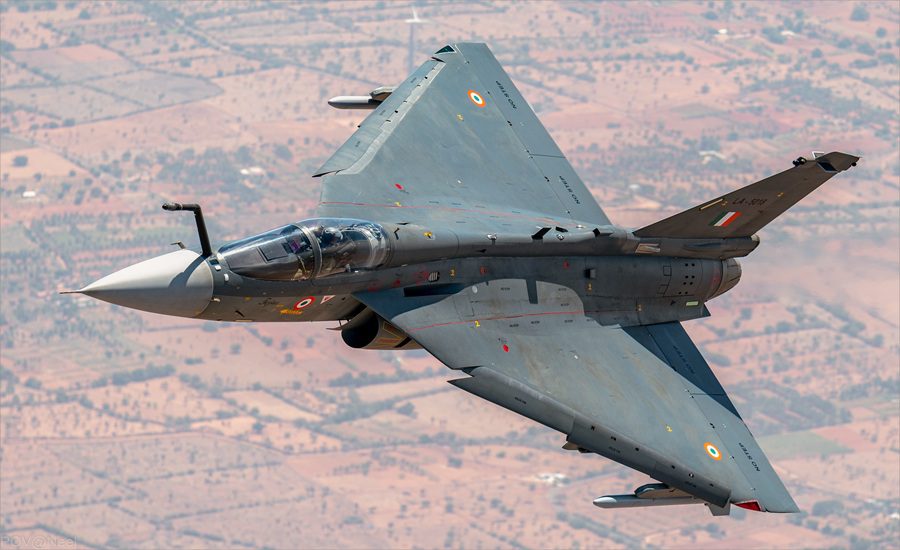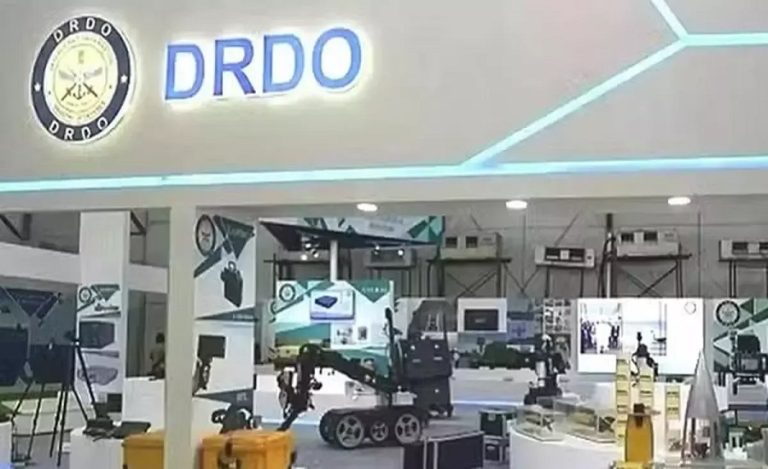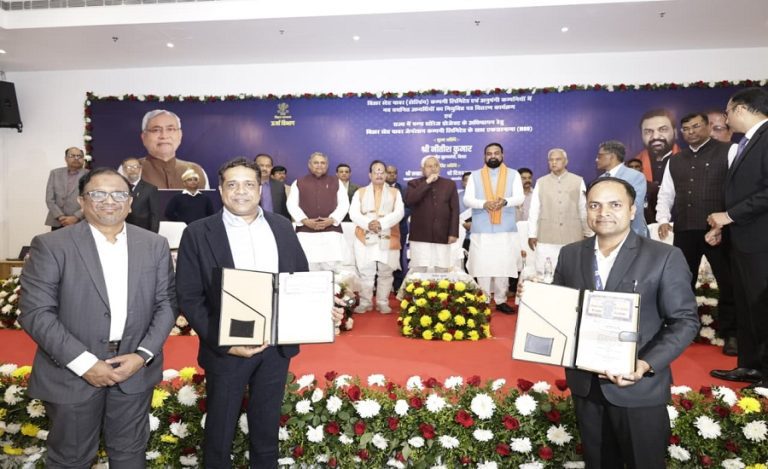New Delhi: Armenia has temporarily halted negotiations to procure 12 Tejas fighter jets from India following the fatal crash of a Tejas aircraft at the Dubai Air Show on November 21, according to a report by the Jerusalem Post. The crash resulted in the death of Indian Air Force Wing Commander Namash Sial, raising fresh concerns over the aircraft’s safety record.
The deal, valued at $1.2 billion (₹10,000 crore), was in its final stages and would have marked India’s first-ever export order for the indigenous Tejas Light Combat Aircraft (LCA).
However, no official confirmation has been issued by the Armenian government or the Indian Ministry of Defence.
Second Tejas Crash in 20 Months Triggers Concerns
During an aerial display at the Dubai Air Show, the Tejas aircraft suddenly lost altitude at around 2:10 PM local time, crashing moments later and catching fire. The pilot died on the spot.
This marks the second crash in 20 months. The previous Tejas crash occurred in March 2024 in Jaisalmer, Rajasthan, though the pilot had ejected safely.
The latest incident appears to have contributed to Armenia’s hesitation, even as the nation had been in advanced talks with HAL and the Indian government since mid-2024.
India–Armenia Defence Ties: A Growing Strategic Partnership
India and Armenia already share a strong defence partnership, including a major deal signed last year worth ₹6,000 crore ($1.6 billion) involving India’s Akash air defence systems, artillery, drones, and ammunition—developed in collaboration with France.
The defence cooperation has drawn criticism from Azerbaijan, which accused India and France of “adding fuel to the fire.” The Nagorno-Karabakh conflict remains a point of tension, with Azerbaijan openly aligned with Pakistan and Turkey, both of which support Baku militarily.
Azerbaijan also consistently backs Pakistan on the Kashmir issue, prompting India to deepen defence ties with Armenia. India delivered Pinaka rocket launchers to Armenia last year, further strengthening the strategic bond.
Tejas: Key Features That Differentiate India’s Indigenous Fighter Jet
The Tejas is one of the five major fighters in India’s Air Force fleet—alongside the Sukhoi Su-30MKI, Rafale, Mirage 2000, and MiG-29. What sets the Tejas apart are several unique attributes:
- High indigenous content — 50% of the aircraft’s components are made in India.
- Modern EL/M-2052 AESA radar — capable of tracking and engaging 10 targets simultaneously.
- Short takeoff capability — can launch from a runway as short as 460 metres.
- Lightweight design — weighing just 6,500 kg, making it the lightest among India’s frontline jets.
Tejas to Replace MiG-21 Fleet; Advanced A1 Variant Under Production
The Tejas is intended to replace the Indian Air Force’s aging MiG-21s. The IAF has so far received 40 Tejas Mark 1 aircraft, while the improved Tejas A1 variant is now under production.
The Tejas A1 will feature:
- Israeli IAI-Elta AESA radar
- Advanced electronic warfare suite
- Helmet-mounted display from Elbit
- Derby air-to-air missiles from Rafael
Prime Minister Narendra Modi also flew a Tejas jet on November 25, 2022, becoming the first Indian PM to fly in a fighter aircraft.
What This Means for India’s Defence Export Ambitions
The possible pause by Armenia comes at a sensitive moment for India’s push to expand defence exports. The Tejas export deal would have served as a major milestone, showcasing India’s capacity as an emerging global fighter aircraft supplier.
While the long-term impact remains unclear, the absence of official statements suggests that discussions could still resume once investigations into the Dubai crash are complete.
Read also: Global Demand Surges as India Nears USD 450 Million BrahMos Export Deals, Boosting Defence Industry



























